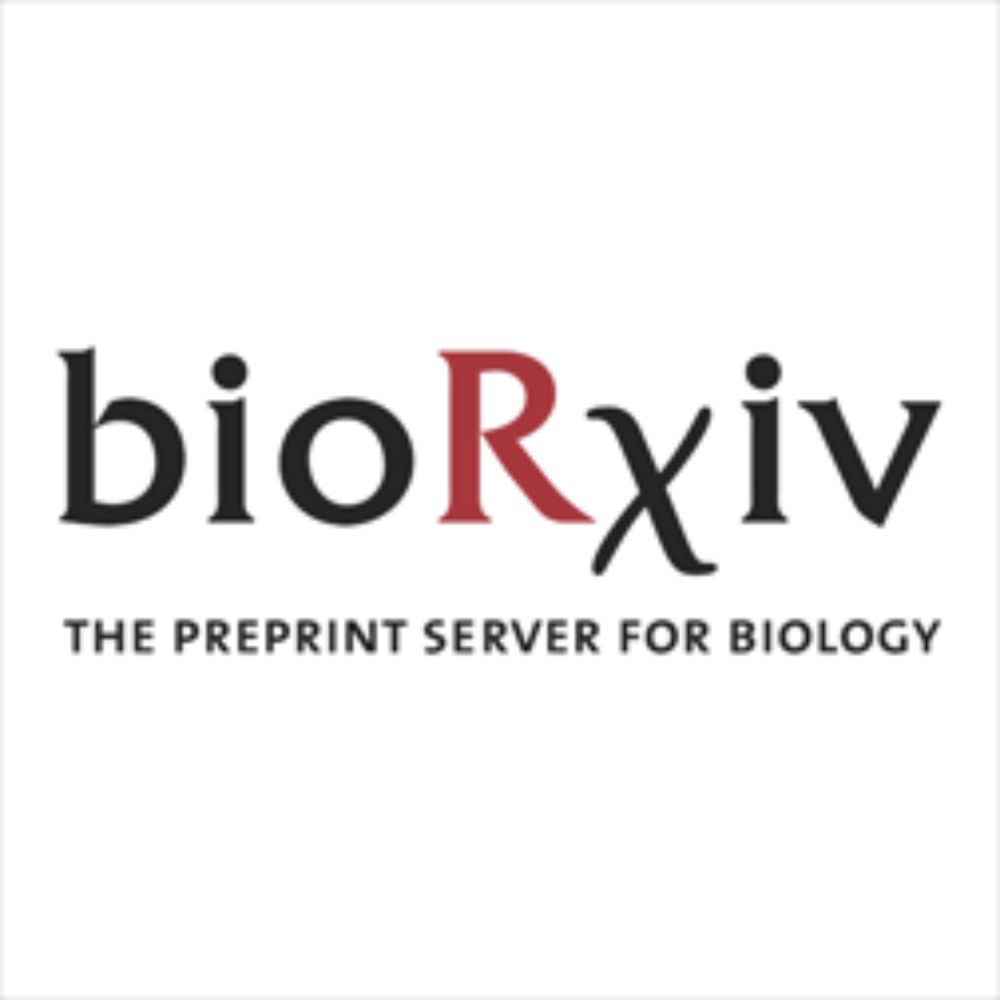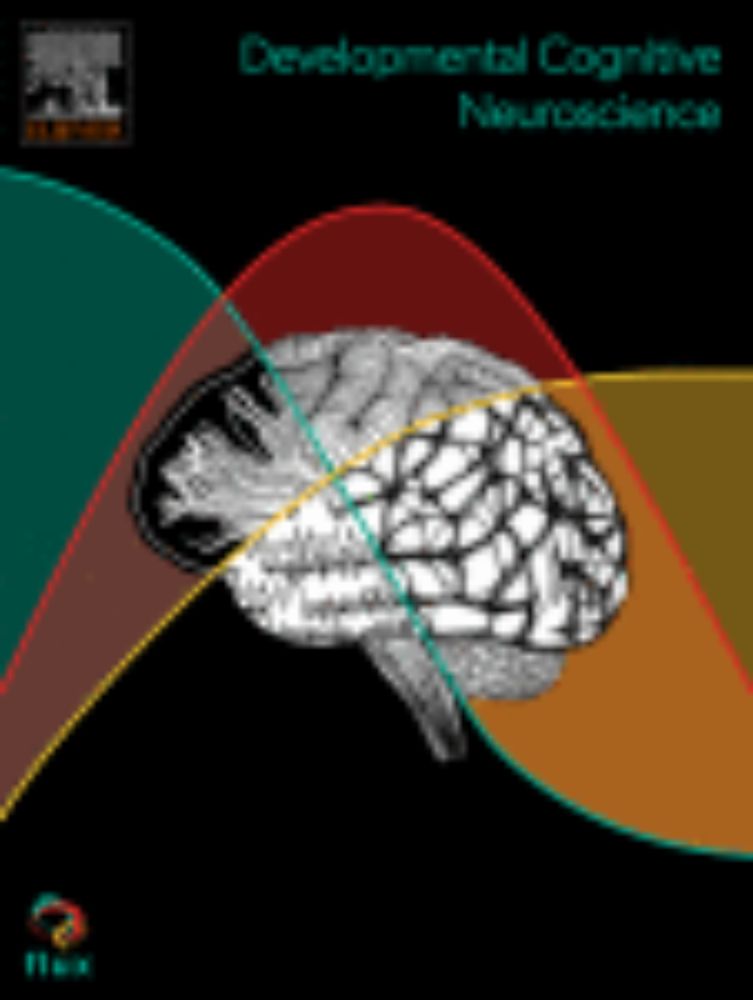she/her
Our latest work on audio-visual and tactile visual multisensory learning in children is now live on bioRxiv:
doi.org/10.1101/2025....
Exciting findings from @ninaraduner.bsky.social and the team! Check it out and let us know your thoughts.

Our latest work on audio-visual and tactile visual multisensory learning in children is now live on bioRxiv:
doi.org/10.1101/2025....
Exciting findings from @ninaraduner.bsky.social and the team! Check it out and let us know your thoughts.
#Research #Preprint #Science #Neuroscience #ComputationalModelling #MultisensoryLearning #Children

#Research #Preprint #Science #Neuroscience #ComputationalModelling #MultisensoryLearning #Children
Excited to share our latest research "Functional brain activations correlated with association strength and prediction error during novel symbol–speech sound learning" by Gorka Fraga Gonzalez et al.
doi.org/10.1162/imag...

Excited to share our latest research "Functional brain activations correlated with association strength and prediction error during novel symbol–speech sound learning" by Gorka Fraga Gonzalez et al.
doi.org/10.1162/imag...
#neuroskyence
www.sciencedirect.com/science/arti...

#neuroskyence
www.sciencedirect.com/science/arti...

